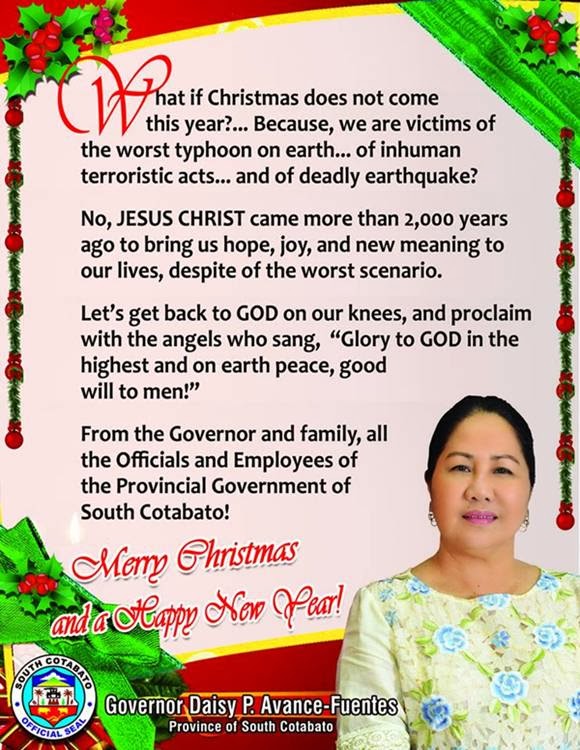Maguindanao Ethnic Group Description
They are indigenous groups who still live in a rather traditional way. Unreached - Few evangelicals and few who identify as Christians.

Tiruray Peoples Mindanao Phillipines Filipino Culture Filipino Tribal Traditional Outfits
Evangelicals 2 Professing Christians 5 and 50 3.

Maguindanao ethnic group description. The Maguindanao are one of many groups of lowland Filipinos who appear to have arrived in the islands during successive waves of migration from the Southeast Asian mainland several thousand years ago. Several of these ethnic groups can be distinguished as tribal groups. They were well established in their present homeland by the time of the first known foreign contact around AD.
Minimally reached - Few evangelicals but significant number who identify as Christians. As Muslim-majority ethnic groups they form the largest non-Christian population in the Philippines and comprise about 5 of the countrys total population or 5 million people. A minority are Christians mostly Roman Catholics who are mostly Cebuanos Ilonggos and Chavacanos.
Groups usually found in the uplands include the Tboli Subanon Bukidnon Bagobo Mandaya and Manobo. The Maguindanao people are part of the wider Moro ethnic group who constitute the sixth largest Filipino ethnic group. Back then it was one of the most progressive cities in Mindanao and home to the largest ethnic group of Muslim Filipinos called Maguindanaons.
Its origin is from the ethnical group of Maranao Maguindanao and Tboli located in Mindanao. The predominant religion among the Maguindanao is a form of folk Islam. Besides indigenous Southeast Asians many East Asians and South Asians call Southeast Asia their home.
The Maranaos of Marawi City also has this weaving tradition. They include the Magindanao Maranao Ilanun and Sangil. They are mainly found in the Western Visaya region.
Inaul also pronounced inol is a time-honored weaving tradition of the Maguindanao people usually made into malong or wraparound skirts commonly and regularly used by both sexes. The collective term Moro people or Bangsamoro people refers to the 13 Islamized ethnolinguistic groups of Mindanao Sulu and Palawan native to the region known as the Bangsamoro. Little if any history of Christianity.
The Maguindanao people are part of the wider Moro ethnic group who constitute the sixth largest Filipino ethnic group. The Moros were once independent under a variety of local. With a name meaning people of the flood plain the Maguindanao are most heavily concentrated along the shores and in the flood lands of the Pulangi- Mindanao River basin although many now live in the surrounding areas.
Apart from Negrito which is a physical description they are here arranged according to the family their languages belong to. In earlier times Maguindanao was part of the Empire Province of Cotabato inhabited by the Bangsamoro people. Maranao women wear special kinds of clothes which are distinctly their own.
The indigenous people of Mindanao. People continue to believe in a variety of environmental spirits and many tales are told of magic sorcery and supernatural beings. Mindanao also has the largest concentration of ethnic minorities in the Philippines.
Each group lives in a specific region on one of. Evangelicals 2 Professing Christians 5 2. The collective term Moro people or Bangsamoro people refers to the 13 Islamized ethnolinguistic groups of Mindanao Sulu and Palawan.
The Hiligaynons believe that every deed comes with reward or punishment as the case may be. Mindanao is the second largest island in the Philippines and one of the three island groups in the country along with Luzon and Visayas. What is the clothes of Maranao.
Their name means people of the flood plains. Islamic beliefs and practices which are gradually becoming more orthodox are superimposed on a preexisting animistic belief system. The membrane is made of carabao skin.
Some of their economic activities include rice and sugarcane farming fishing and textile production. Maguindanao also spelled Magindanao or Magindanaw also called Maguindanaon ethnolinguistic group living primarily in south-central Mindanao the largest island in the southern Philippines. Maguindanao inhabitants are predominantly practitioners of Islam which comprises 8299 of the population majority of which are Sunnites.
All are Muslim groups sometimes collectively called the Moro. Maguindanao North Cotabato South Cotabato Sultan Kudarat and Zamboanga del Sur provinces Bukidnon Mindanao. Each group has a distinct culture and language.
Very rare malong designs and styles can indicate the village in which the malong was made. It is home to the majority of the Muslims or Muslim countries includes many ethnic groups such as the Maranao and Tausug. The ethnic groups of Southeast Asia comprise many different linguistic stocks.
The total Southeast Asian population stands at 655 million 2019. West central Mindanao muslim south Classification Membranophone hour glass shaped drum Description Hour glass shaped drum made of wood. Handwoven malongs are made by the weavers on a backstrap loom.
These are Austronesian language speakers who are a subdivision of the Visaya ethnic group. There are more than 40 different ethnic groups in the Philippines. Most Moros are followers of Sunni Islam of the Shafii madhhab.

Maguindanao Philippines Culture Filipino Culture History

Festivals Of Mindanao Page 62 Skyscrapercity Filipino Fashion Filipino Clothing Culture Clothing

Maguindanao Festival Philippines Culture Cultural Diversity Cultural Landscape

Pin On Woven Fabrics Of The Philippines

Yandanholth S Image Filipino Culture Philippines Culture Filipino

Komentar
Posting Komentar